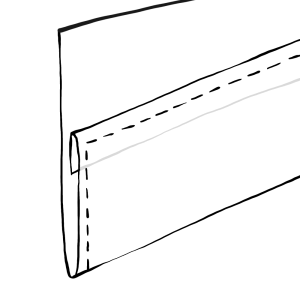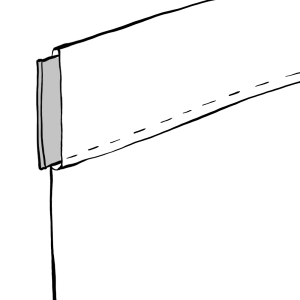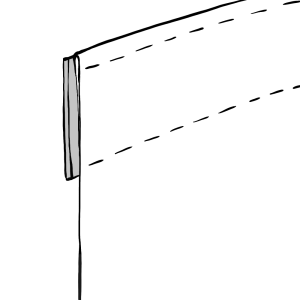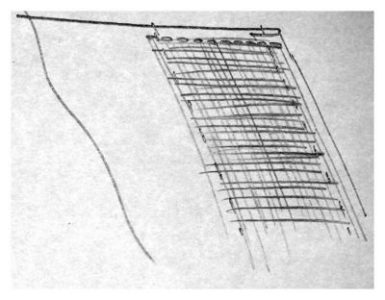Welt
The welt originates from tent building and sailing, where fastenings with welts and their fitting profiles are commonly used. Welts can hold incredible tractive forces. This allows a relatively smooth exchange and materials can be stretched flat evenly.
As long as there is tension on the material on the welt, it remains firmly attached and can’t be moved. Suitable mechanisms for moving the welt profile are necessary, if the material is to be stretched flat. Welts are mainly used outdoors or for trade show booth construction.











